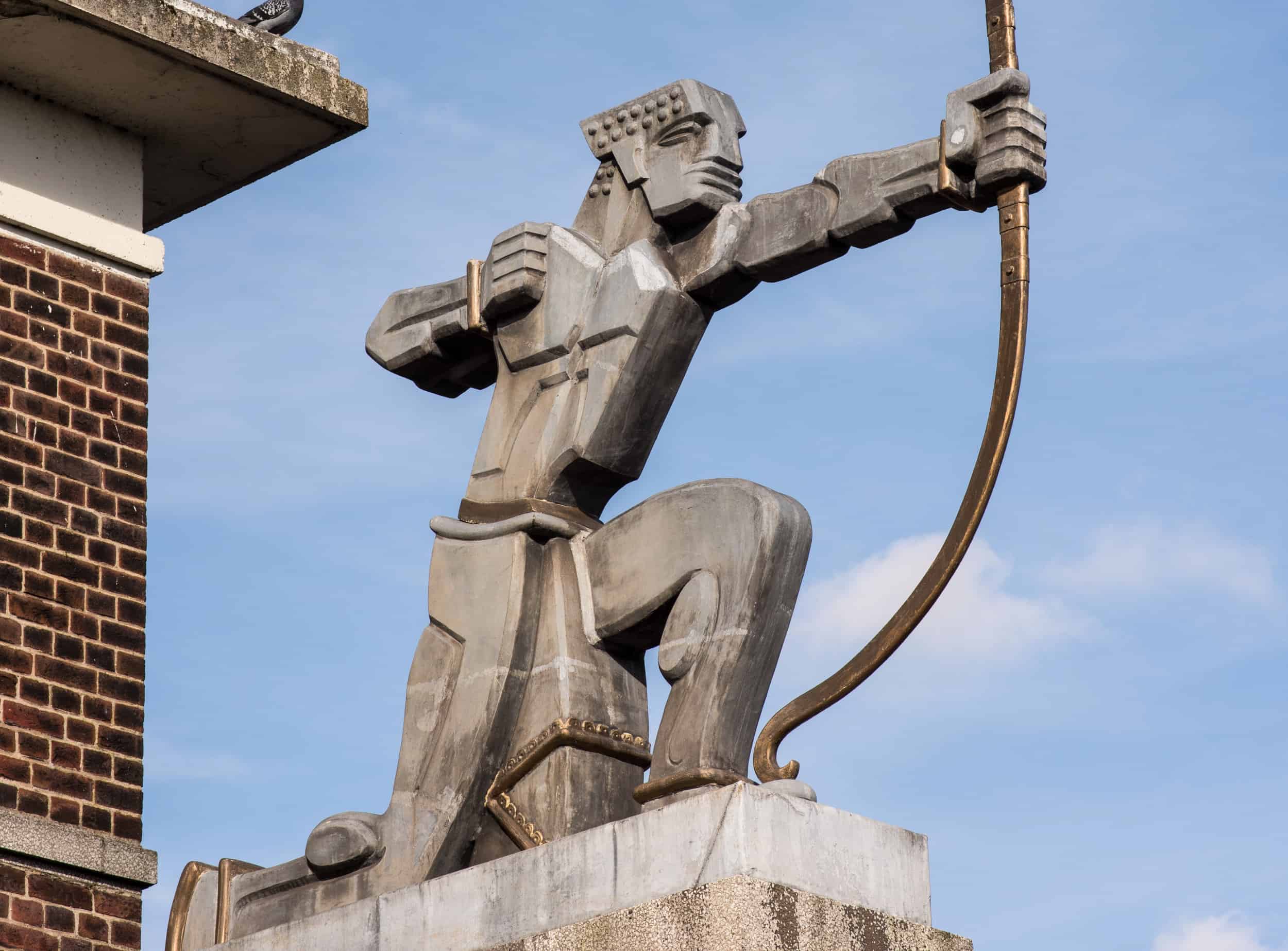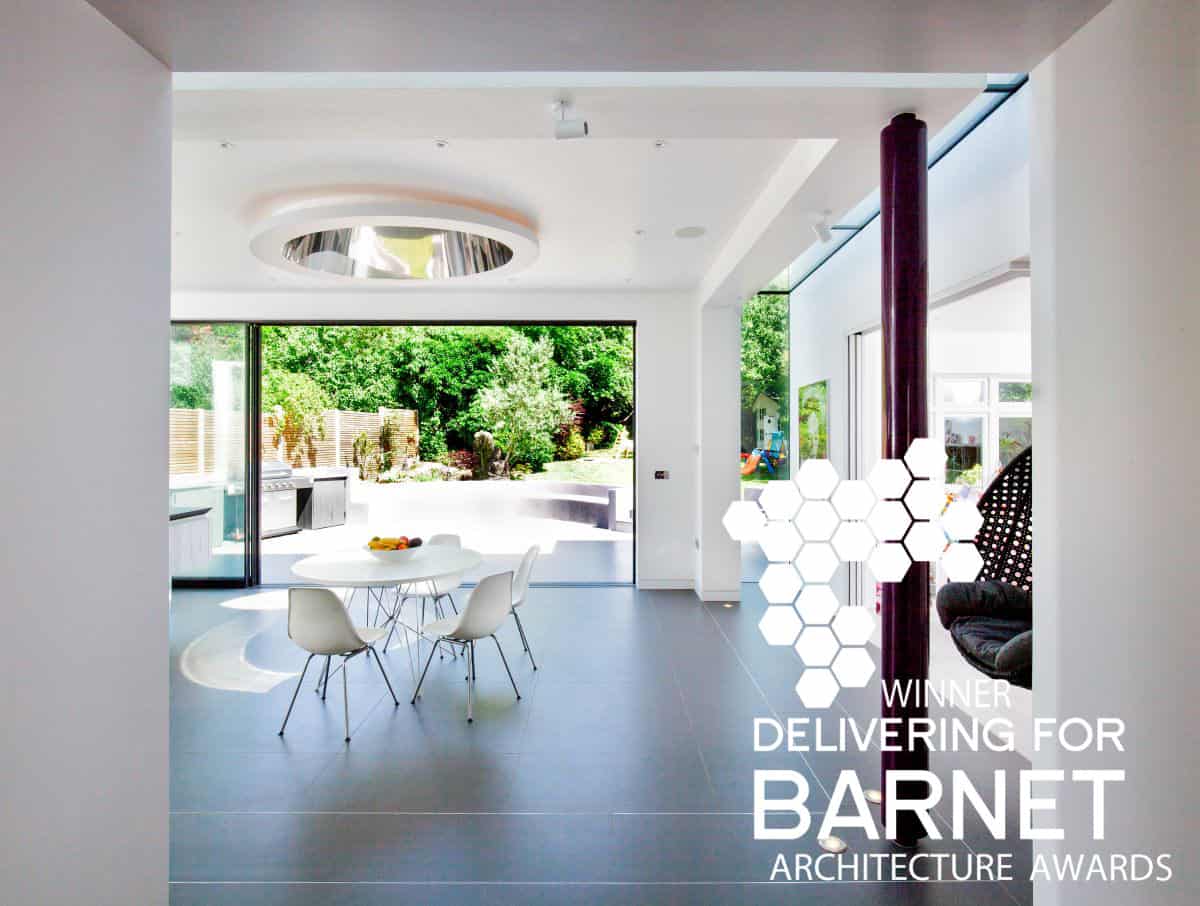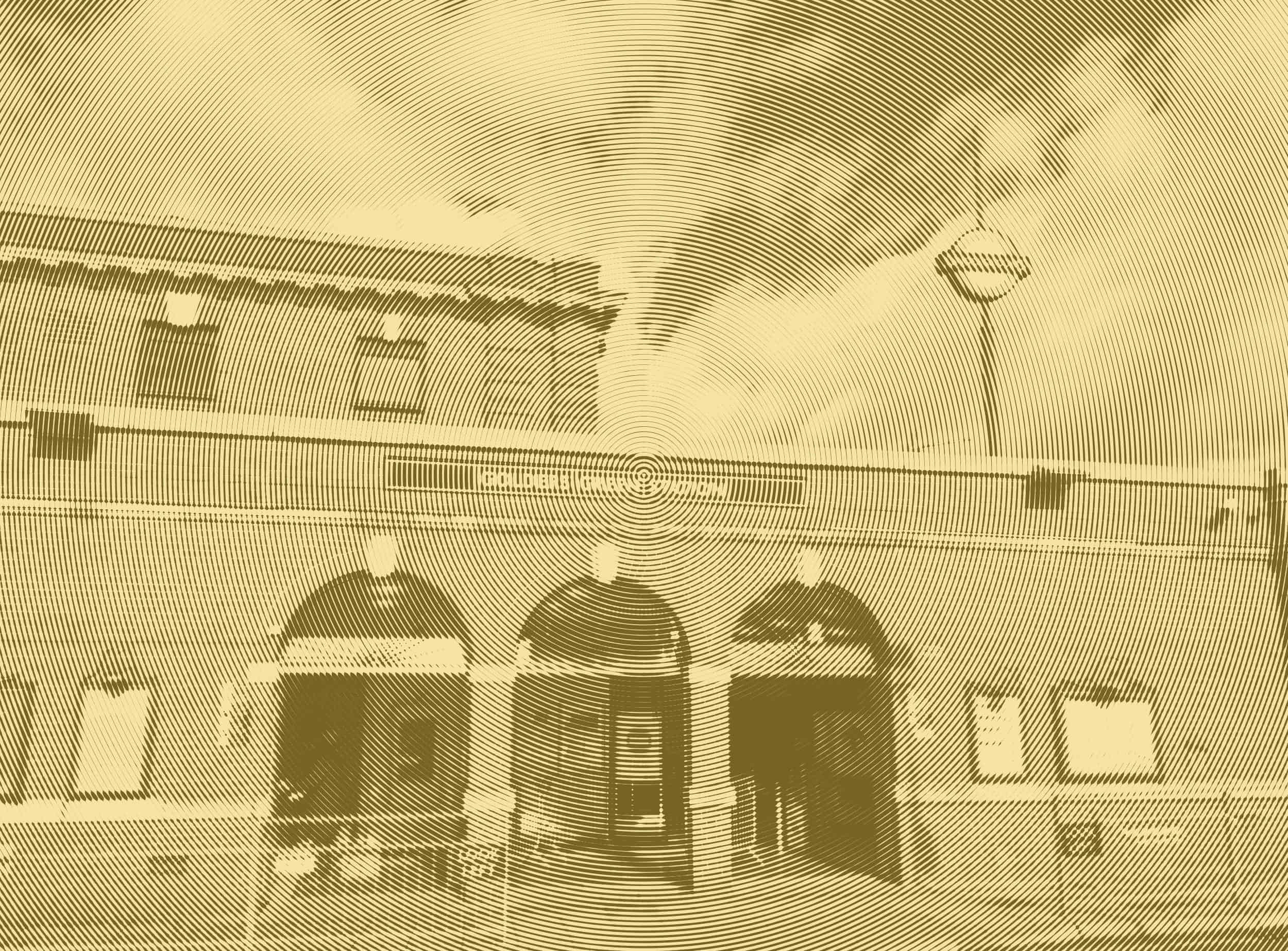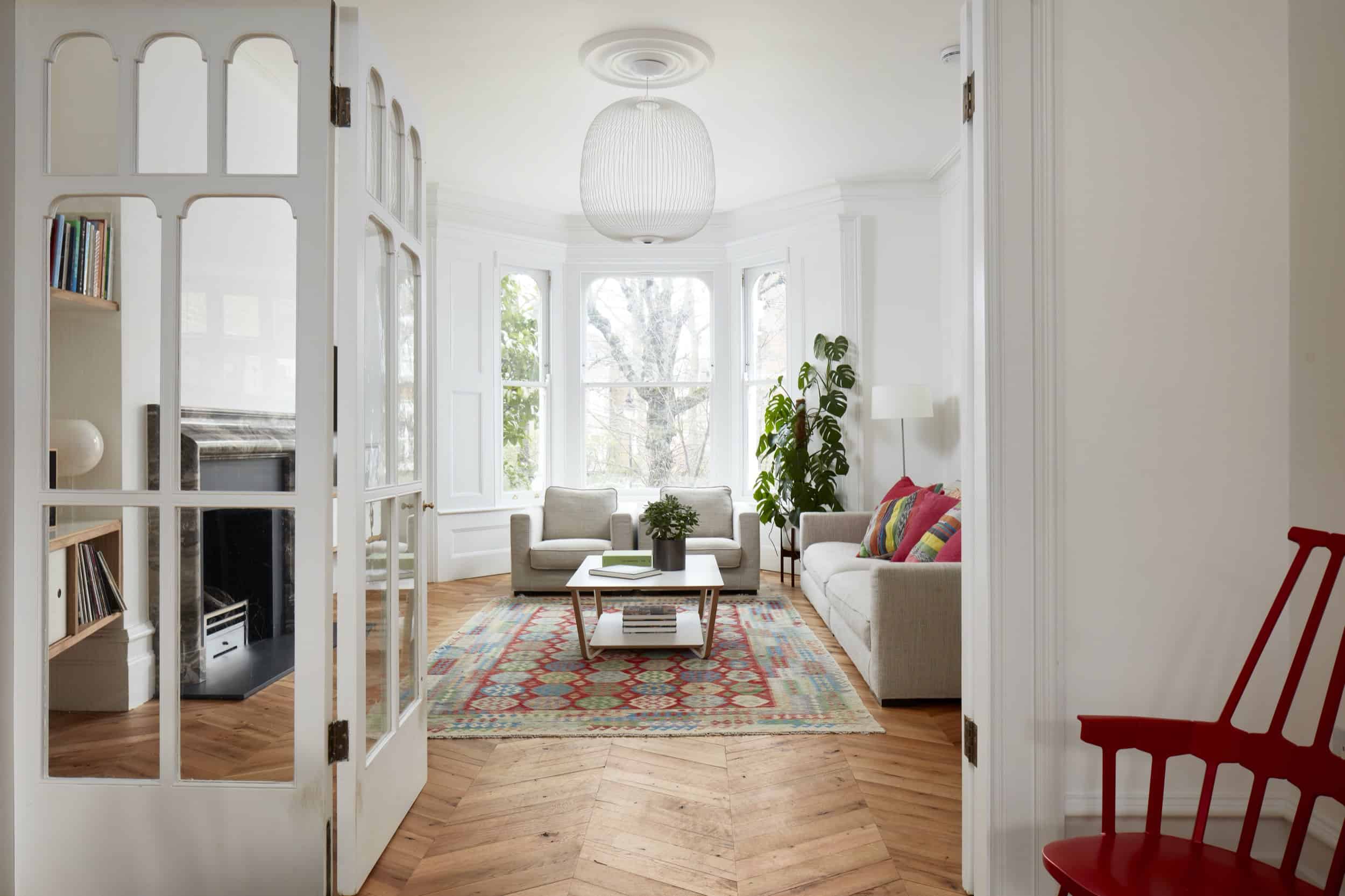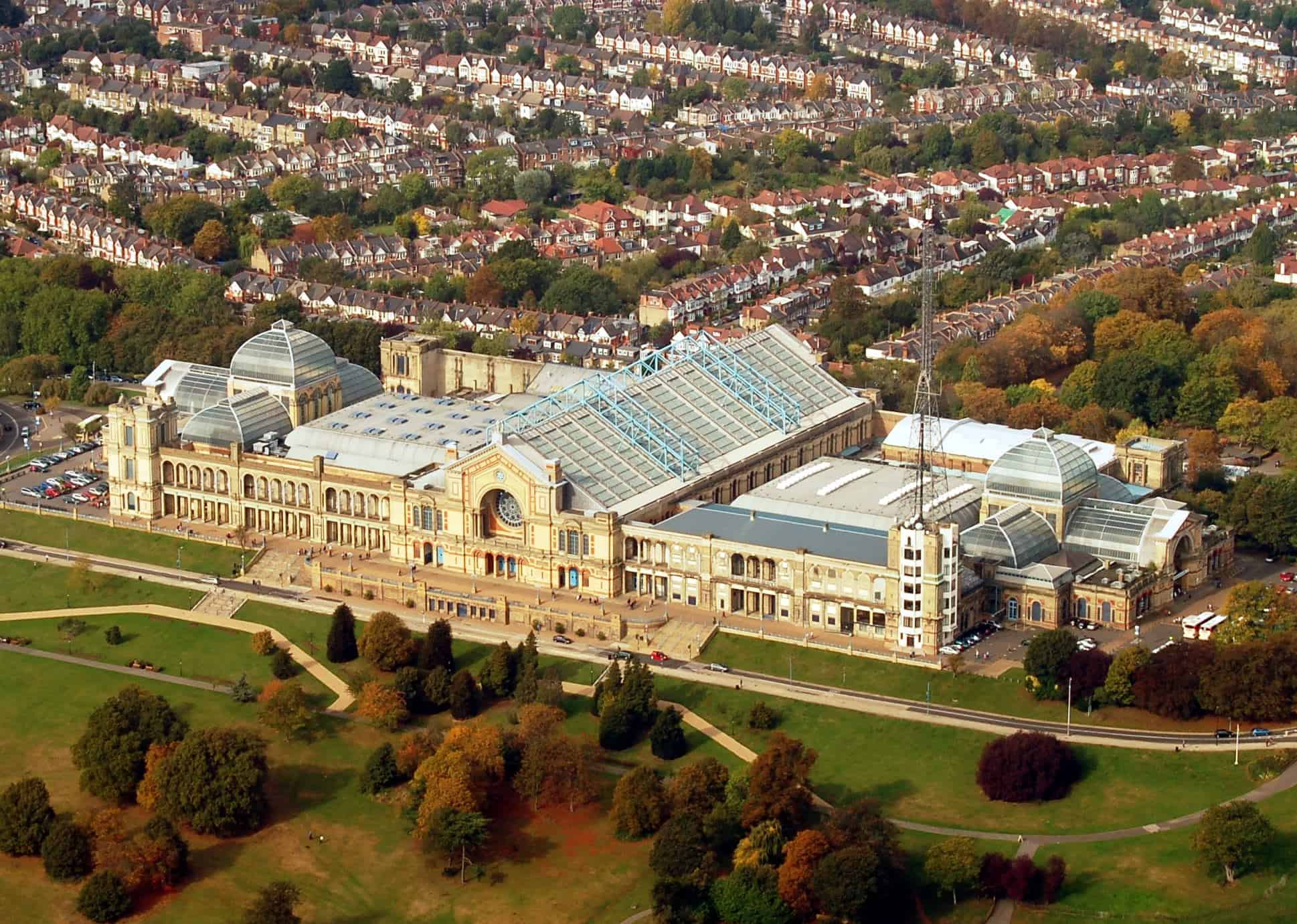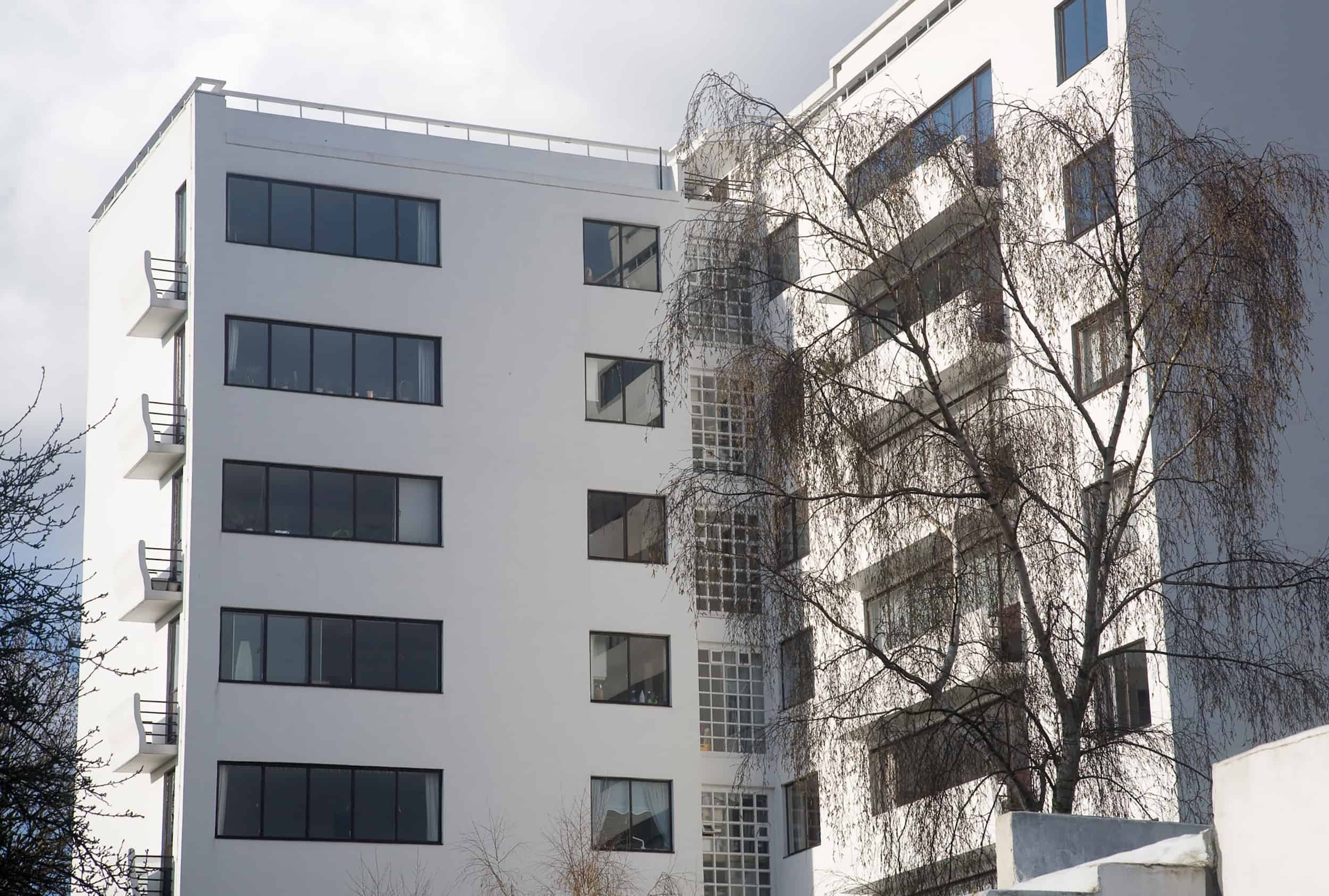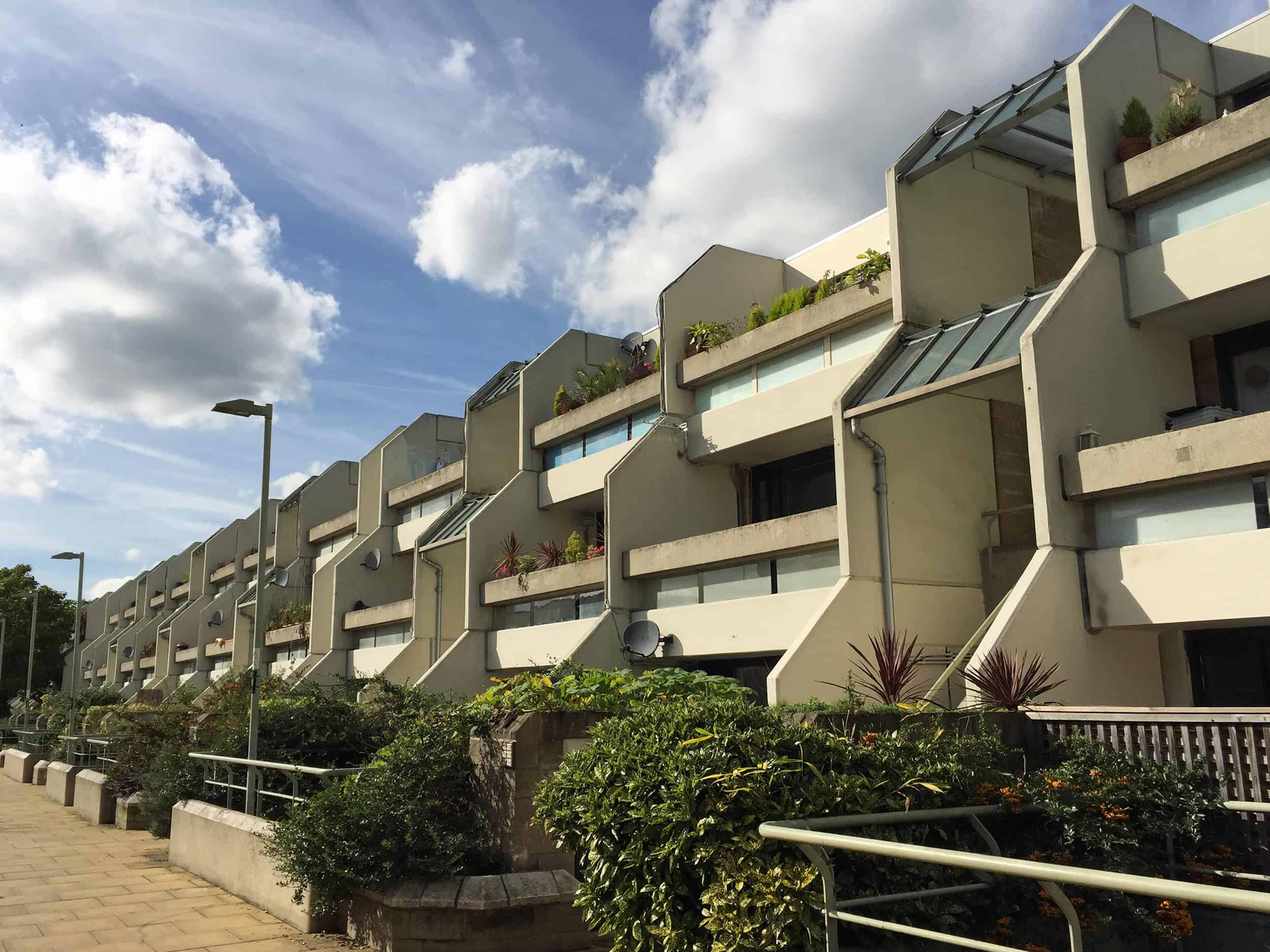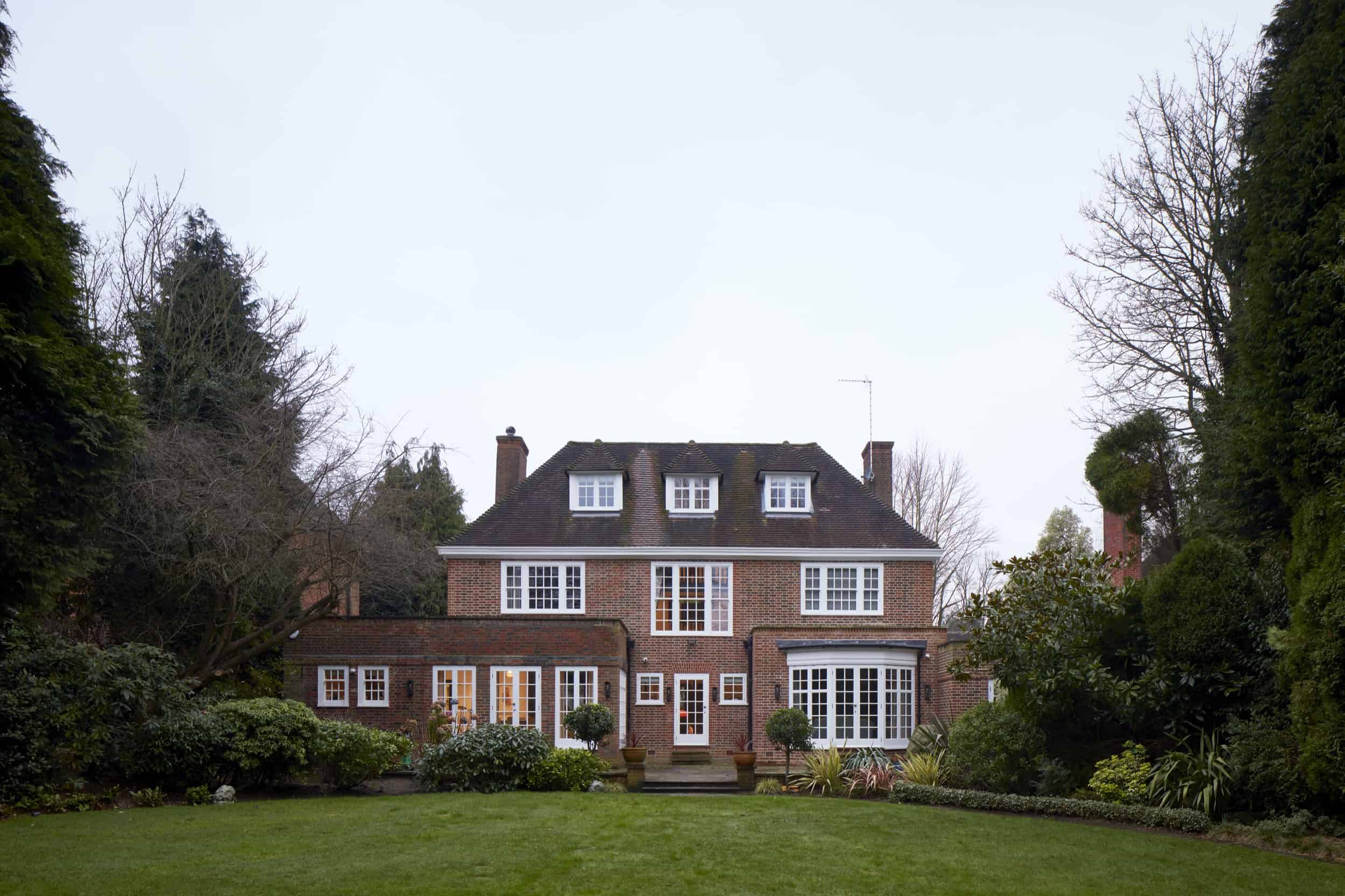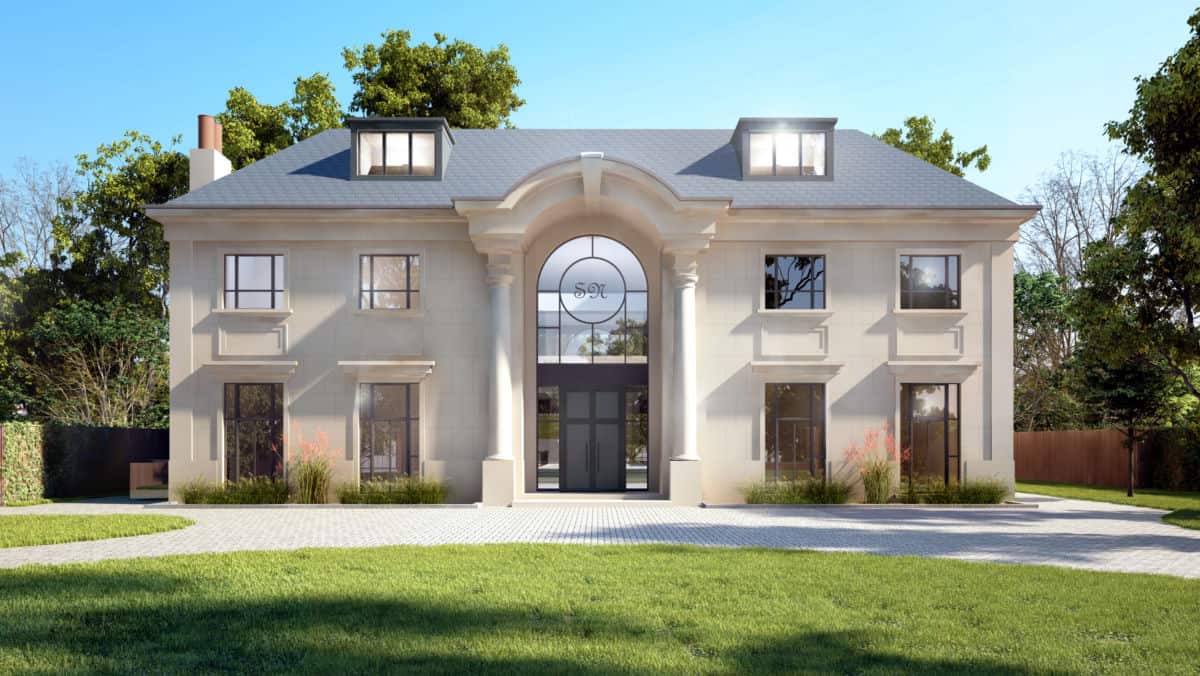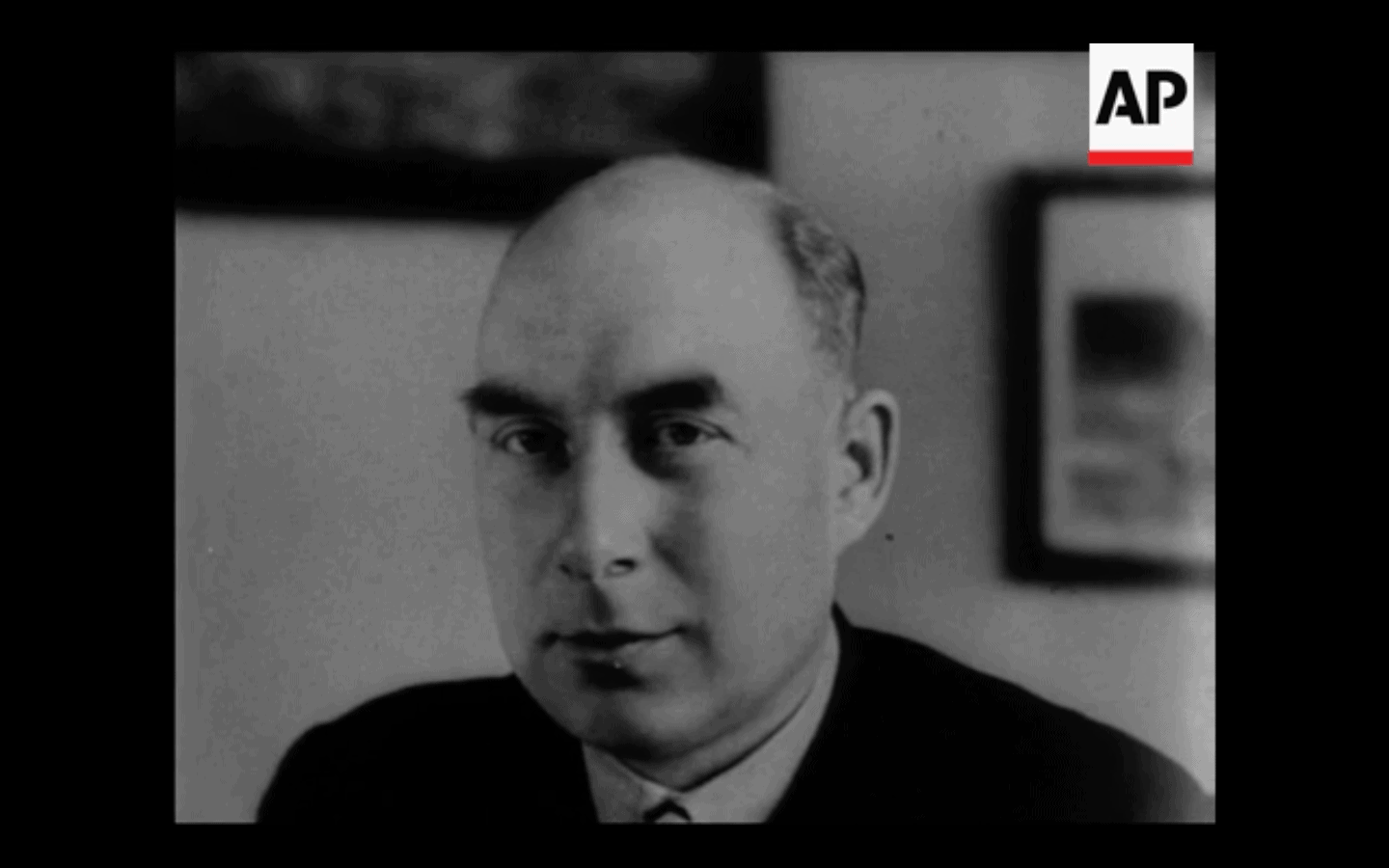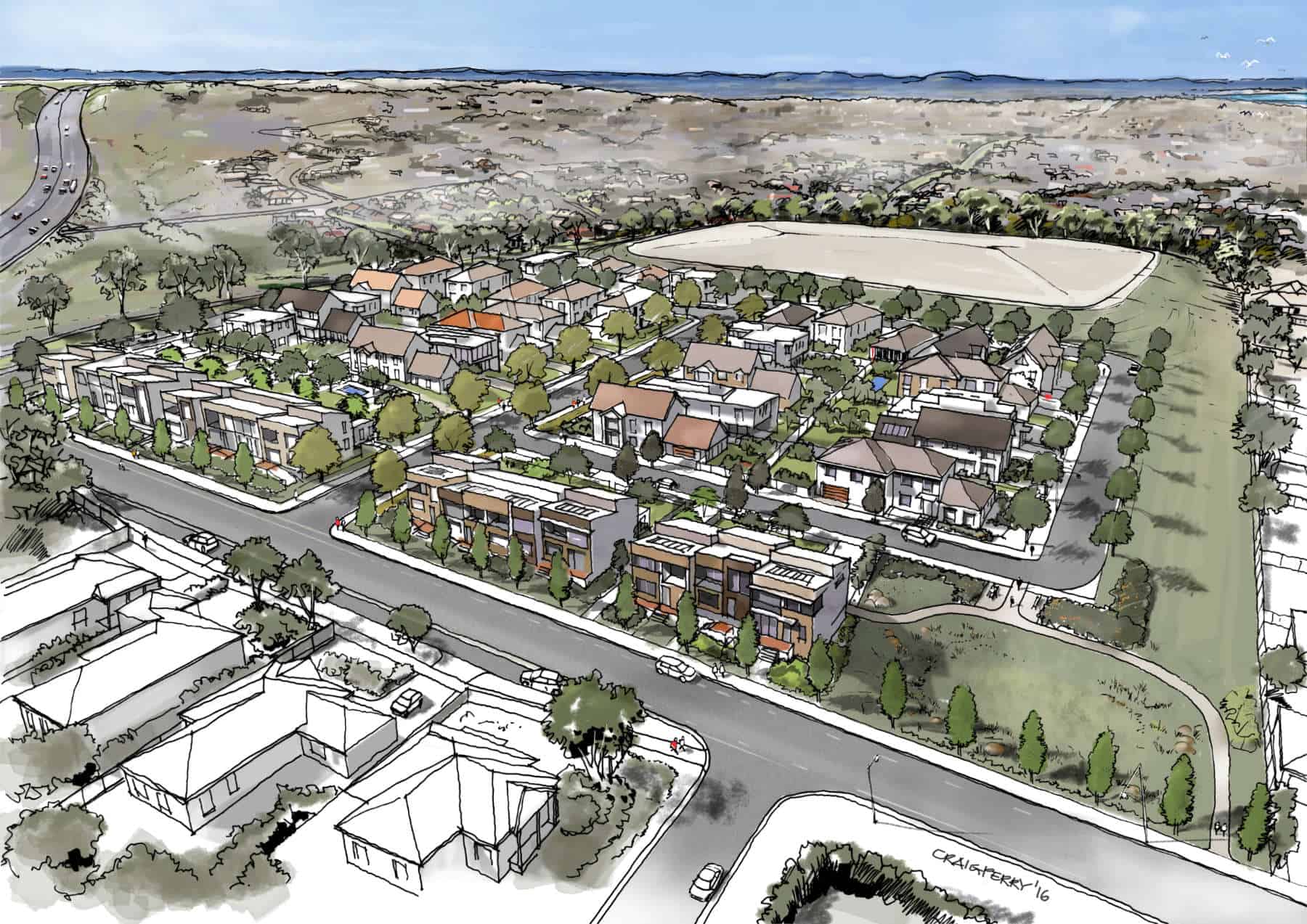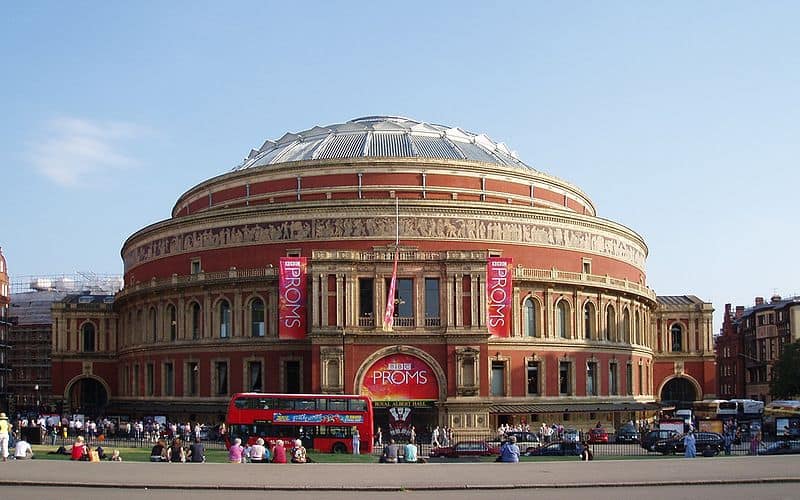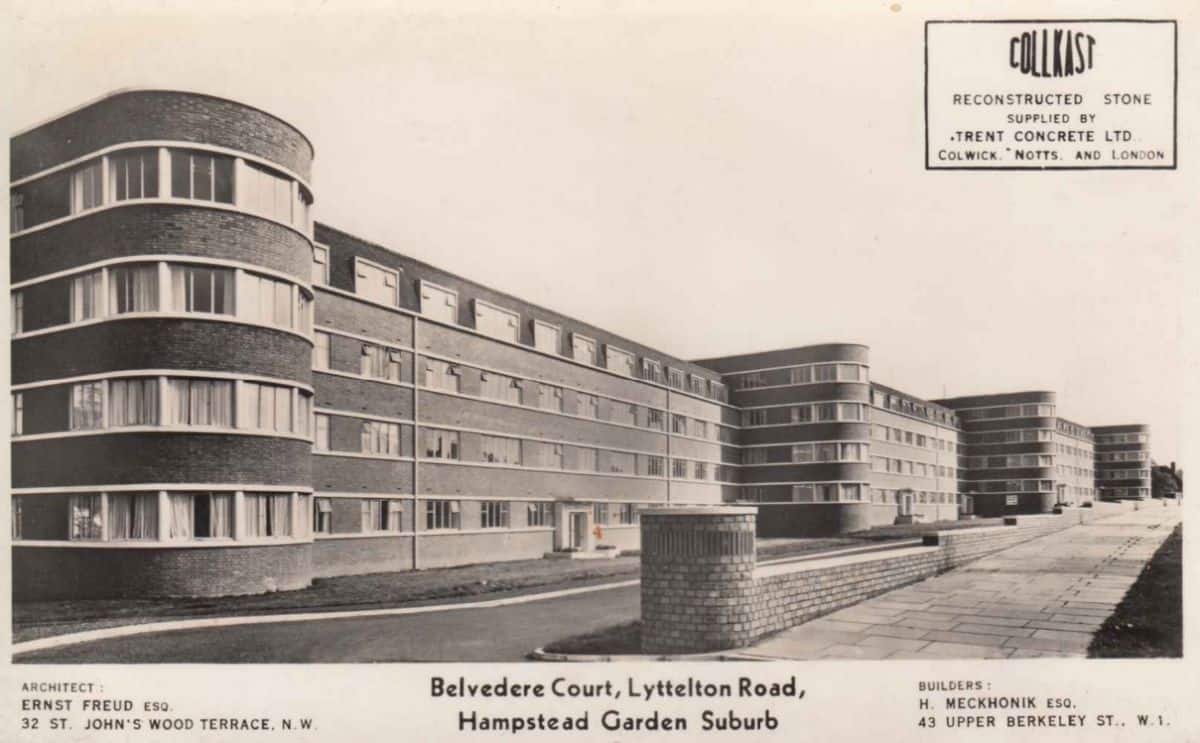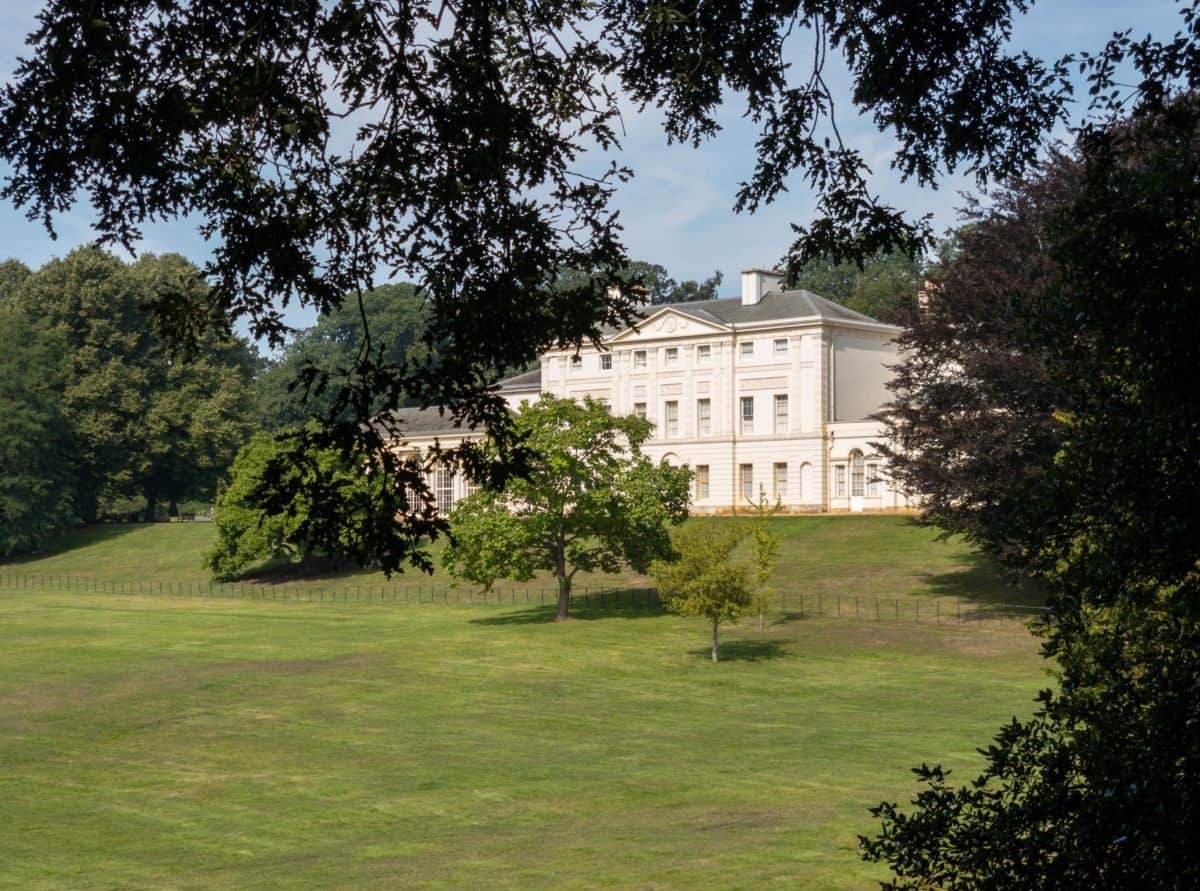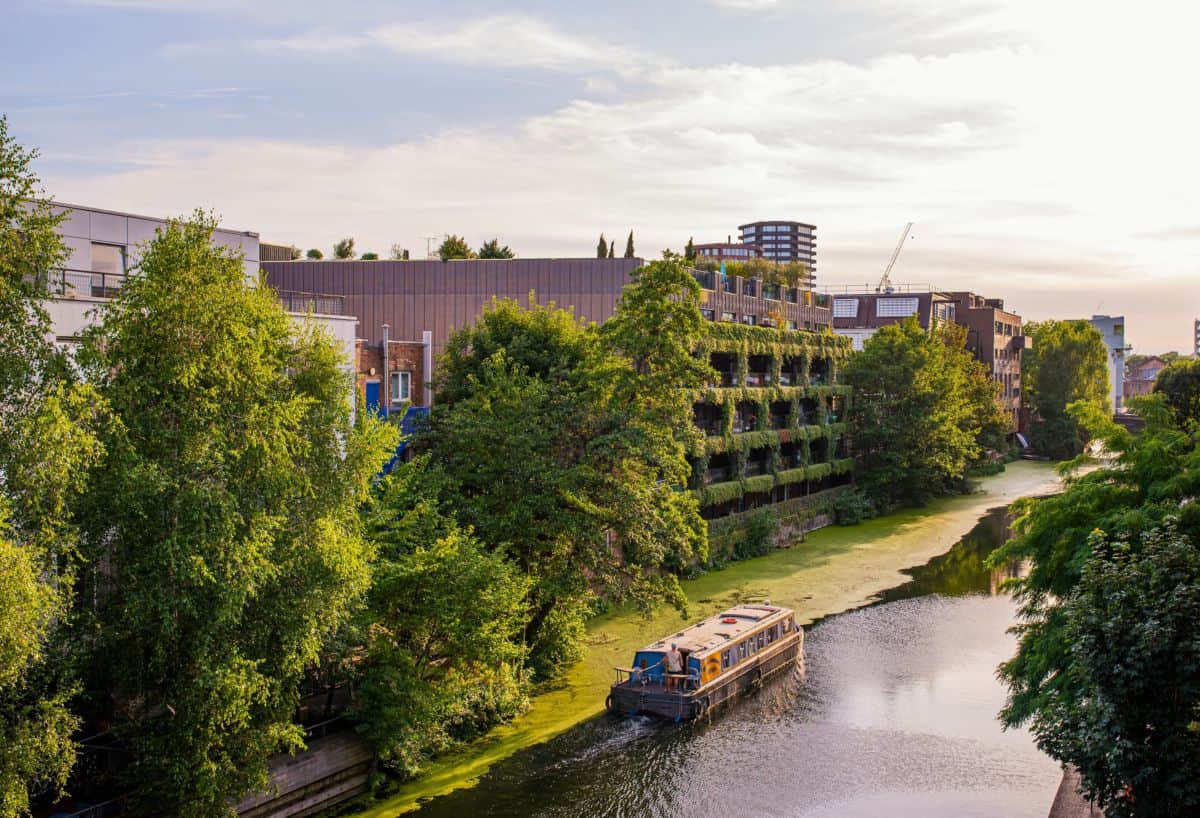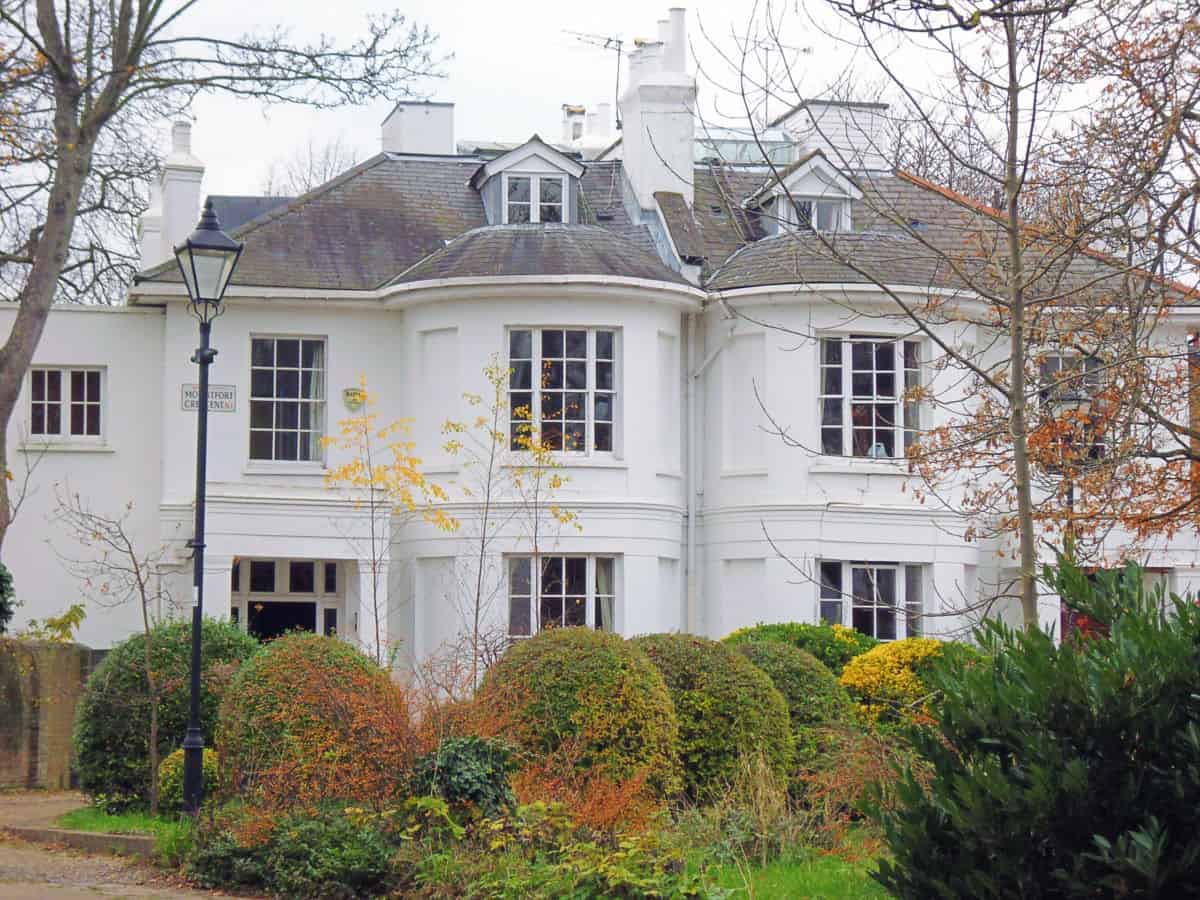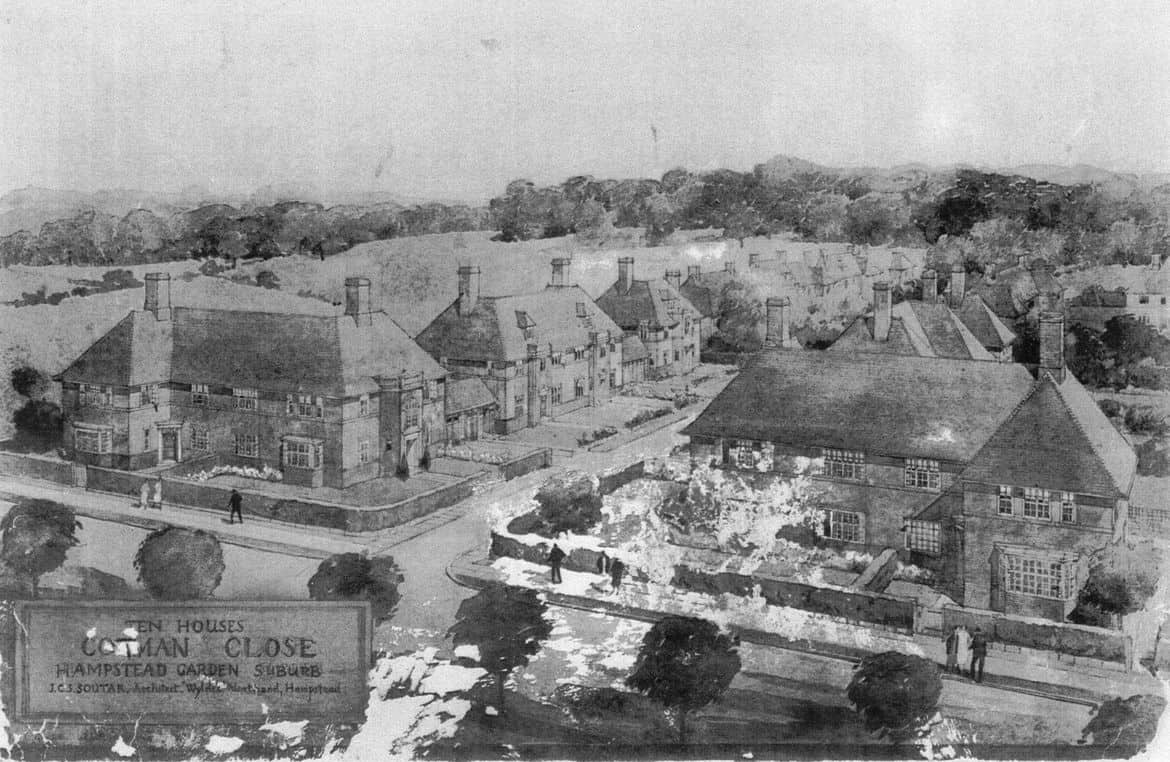John Constable’s Hampstead
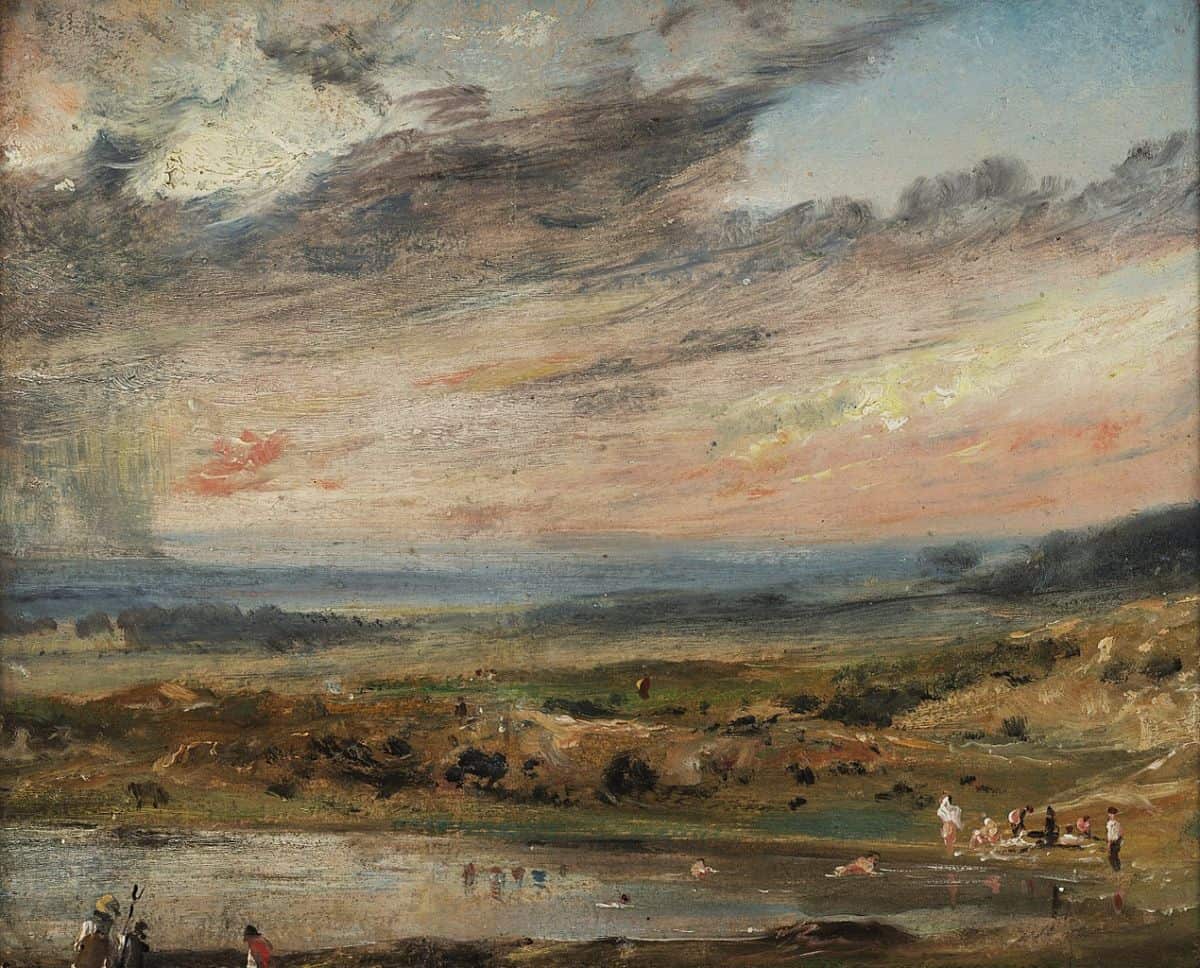
There is no denying that John Constable is one of England’s most famous landscape artists. Some of his most critically acclaimed paintings include Wivenhoe Park, painted in 1816, and The Hay Wain, painted in 1821. His paintings, influenced by nature, were composed in the romanticism movement style that was popular at the time. They became something of a rebellious statement in the art world, given that artists were taught only to use their imagination when painting pictures.
Constable took artistic inspiration from many places, including some outside of the UK, but it was the artistic Hampstead – a mere village back in the 19th century – that he enjoyed spending time in the most.
A brief history of John Constable
Born in 1776 in the village of East Bergholt, Suffolk, it was John Constable’s mother, Ann, who mainly managed the household and a large workforce at their family home, East Bergholt House. It was she who actively encouraged John to become a painter and even introduced him to Sir George Beaumont, an artist himself and an avid art collector.
John’s father, Golding, was an entrepreneur involved in commercial barge transportation, moving various types of goods such as flour and bricks between Suffolk and London. John had initially worked for his father in the family business for over seven years but seized the opportunity to leave when his younger brother expressed an interest instead. Golding had agreed to fund John’s studies at the Royal Academy School in London when he left the family business.
As a young man, John went out on amateur sketching trips in the countryside surrounding Suffolk, which would later become the focus of a large proportion of his paintings. Nature was his starting point whenever he wished to start a new painting. He often became inspired by the environment around him such as the sound of water escaping from mill dams, old rotten planks, slimy posts, brickwork, and, of course, natural fauna and flora.
After Constable quit the family firm and moved to London, he decided to call Hampstead his home, settling in the area from the years 1819 to 1837. He often remarked to his friends, family, and peers of his love of Hampstead, calling it his ‘dear Hampstead.’
Although his father gave him a small allowance during his Royal Academy School studies, he still needed to earn money at the same time. It was during those times that he had taken up portraiture – something he executed well but found rather dull compared to what he really wanted to paint.
Constable had two homes in Hampstead – one in Well Walk, the other in Charlotte Street. Both of his former properties have commemorative plaques on the exterior walls to show that he once lived there.
Constable lived until the age of 60, where he died from heart failure in his beloved Hampstead. He was buried with his wife Maria and two of his seven children in the graveyard of St John-at-Hampstead Church, Hampstead, in the family tomb.
Artistic depictions of Hampstead
During his painting career, Constable created hundreds of oil paintings and watercolours, and many commissioned portraits. When it comes to images of Hampstead, he depicted dozens of scenes and permanently committed them to canvas for the study and enjoyment of people for decades and centuries to come.
It was in Hampstead that Constable had developed and refined his painting skills. Moving to the area with his wife and children, Constable enjoyed his new surroundings because at the time Hampstead was a rural village much like East Bergholt in Suffolk from his formative years.
One of Constable’s best-known paintings of the area, ‘Hampstead Heath, with the House Called “The Salt Box”’ (circa 1819 to 1820), is a panoramic view that was composed while looking west and north-west over Branch Hill Pond. It also enabled him to paint the cloud formations over the area, showcasing an interest in meteorology that he had inherited from his father, Golding.
Constable’s final painting of Hampstead, ‘Hampstead Heath with a Rainbow’ (1836), was typical of his Branch Hill Pond paintings. But this time, he added a windmill that was never there before, along with a double rainbow. Anyone familiar with Constable’s work will know that rainbows played a perhaps symbolic addition to his paintings.
Well Walk, Hampstead
Before Constable and his family moved to the Hampstead area, they would rent a house and spend the summer months there. Constable’s former family home, a well-located Georgian townhouse, can be found at Well Walk.
Constable’s former Well Walk home made headlines about two years ago when its then-owners decided to put the house up on the market for an eye-watering £4 million. To put it in context, other homes in the area of a similar size, age and construction were valued at a more modest £1.6 million at the time.
The Grade II listed property comprises four bedrooms, three reception rooms, and a plethora of cloakrooms and bathrooms. It comes as no surprise that Constable chose this property to live in, given that it’s a mere 200 metres away from Hampstead Heath – a location that gave him unending inspiration for his paintings.
Charlotte Street, Hampstead
Before permanently residing in the Well Walk property with his family in tow, Constable lived in nearby Charlotte Street. He had actually lived in two properties in the street; the first was when he was a bachelor and had first brought his newlywed, Maria, to live with him. The second was a larger property, the move being necessary due to Constable’s expanding family.
Constable spent the final few years of his life in the second property at Charlotte Street.
John Constable’s legacy
At the time, Constable wasn’t actually very financially successful. He had only managed to sell just 20 paintings in his lifetime in England, although he sold a similar amount in France too. Today, John Constable’s paintings are worth millions of pounds, and he has left a lasting legacy to the art world. Much of his works are available to view in various art galleries around the world, including the Tate in London.


